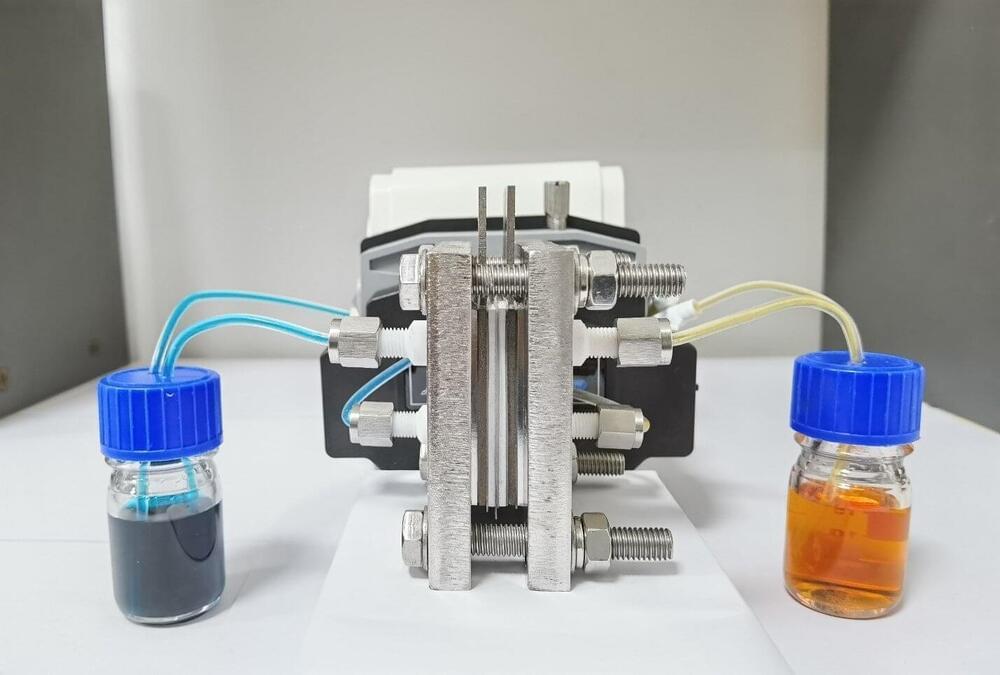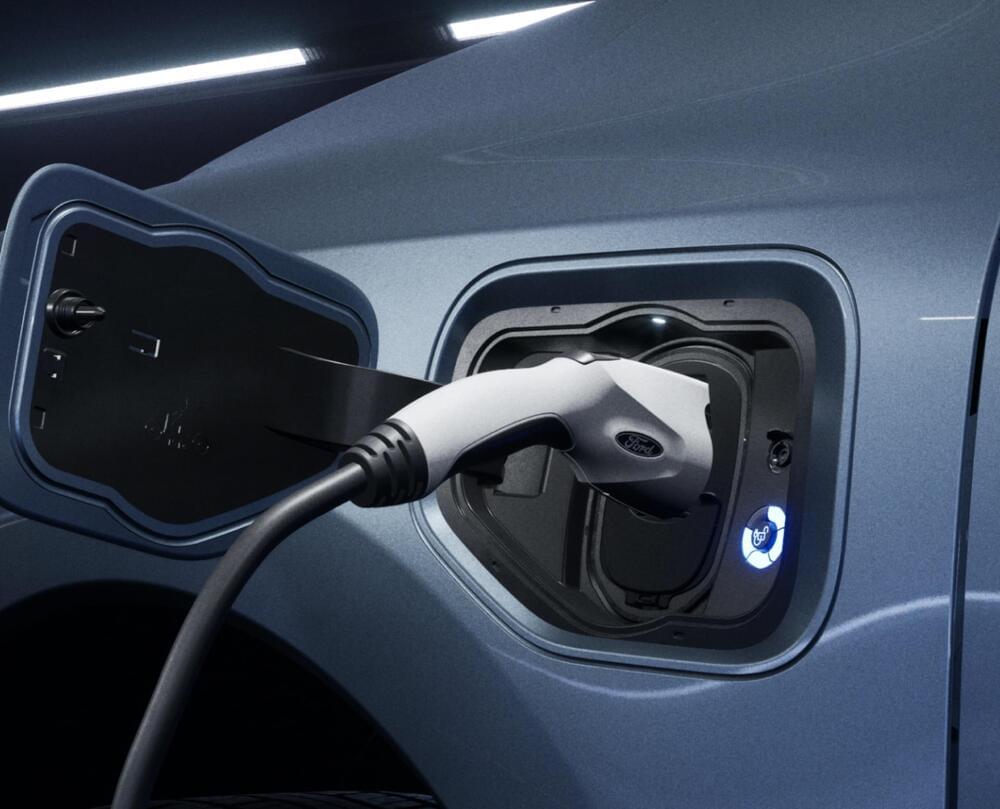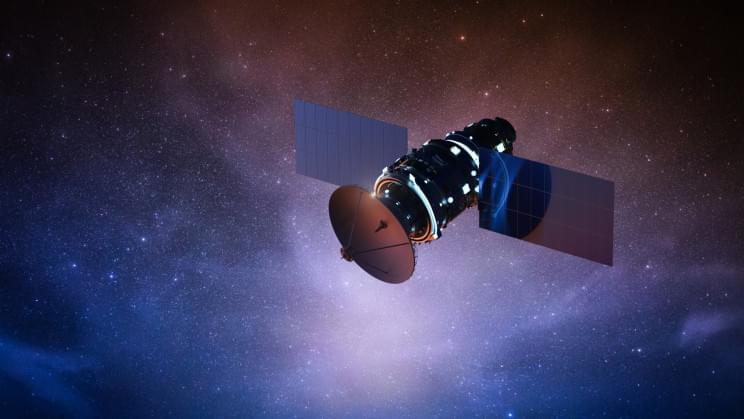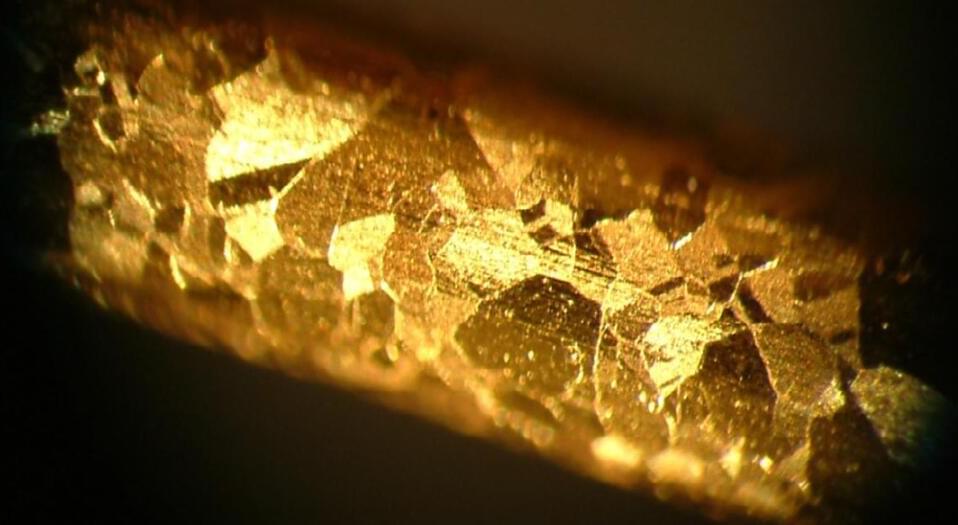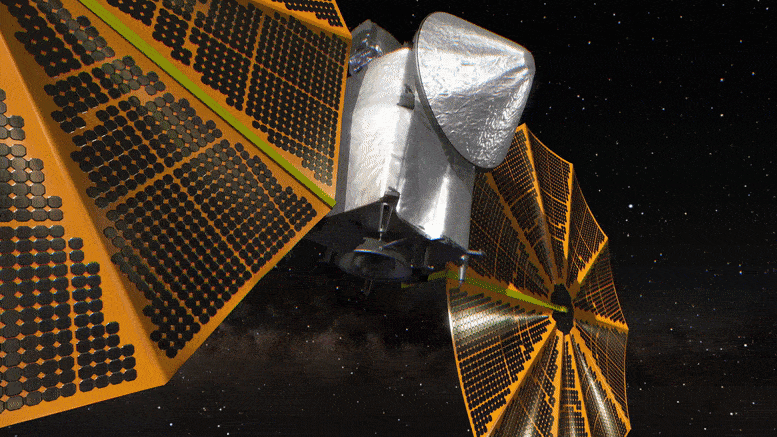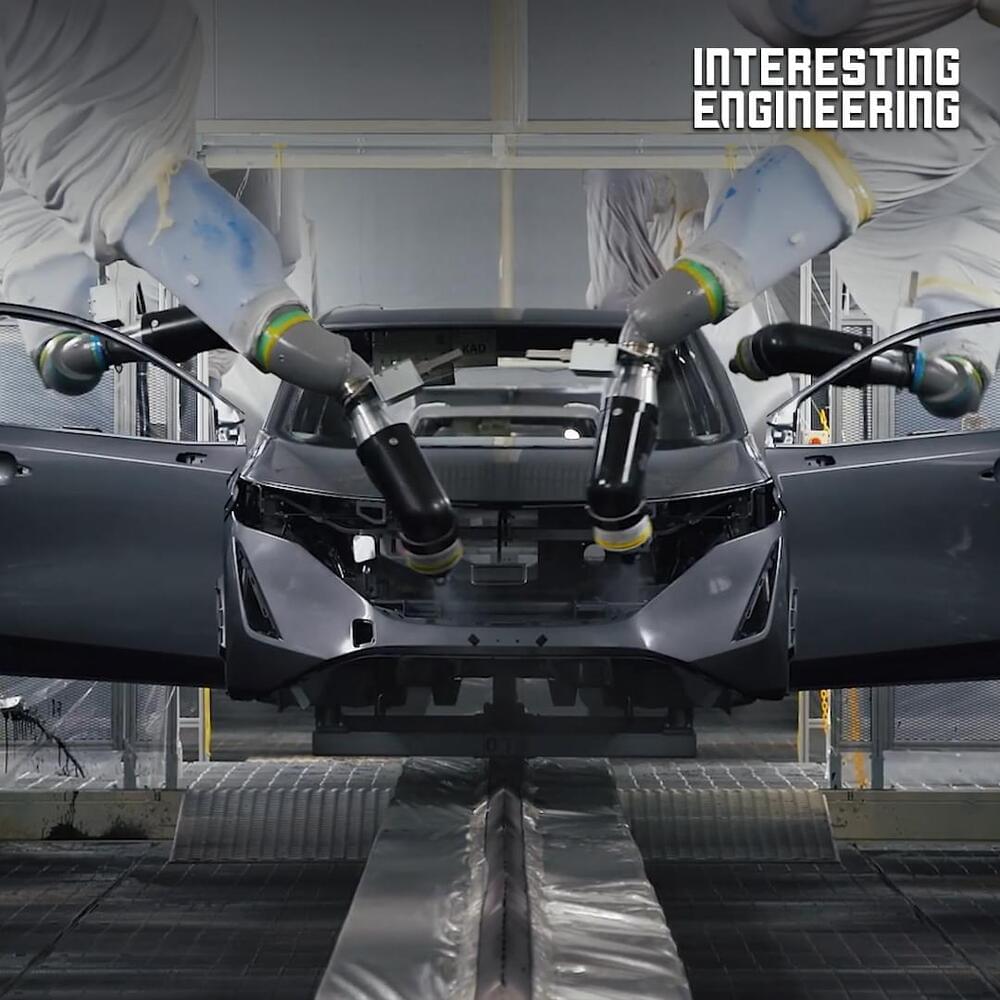Nov 12, 2021
Newly developed compound may enable sustainable, cost-effective, large-scale energy storage
Posted by Dan Kummer in categories: chemistry, energy, engineering, sustainability
To produce a cost-effective redox flow battery, researchers based at the South China University of Technology have synthesized a molecular compound that serves as a low-cost electrolyte, enabling a stable flow battery that retains 99.98% capacity per cycle. They published their approach on August 14 in the Energy Material Advances.
Comprising two tanks of opposing liquid electrolytes, the battery pumps the positive and negative liquids along a membrane separator sandwiched between electrodes, facilitating ion exchanges to produce energy. Significant work has been dedicated to developing the negative electrolyte liquid, while the positive electrolyte liquid has received less attention, according to corresponding author Zhenxing Liang, professor in the Key Laboratory of Fuel Cell Technology of Guangdong Province, School of Chemistry and Chemical Engineering, South China University of Technology.
“Aqueous redox flow batteries can realize the stable electrical output for using unsteady solar and wind energy, and they have been recognized as a promising large-scale energy storage technology,” Liang said. “Electroactive organic merit of element abundance, low cost and flexible molecular control over the electrochemical features for both positive and negative electrolytes are regarded as key to developing next-generation redox flow batteries.”
